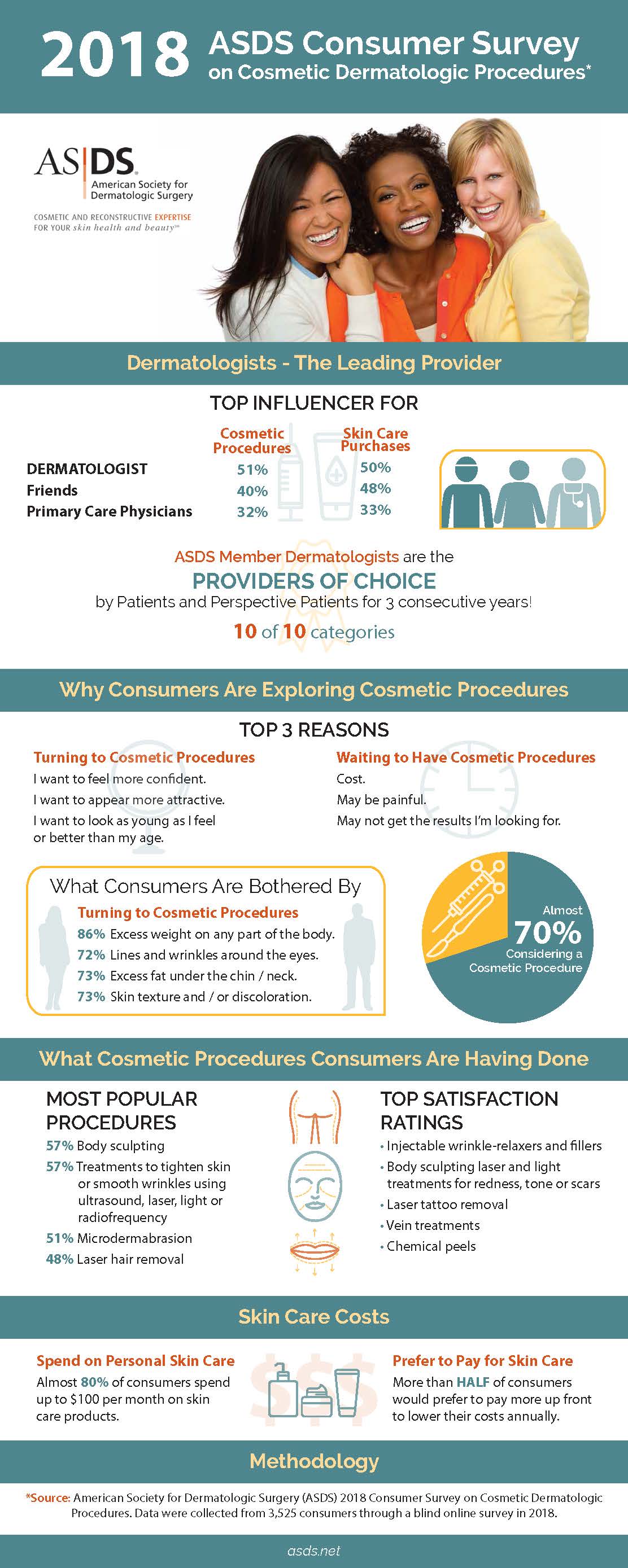How To Layer Skincare For Acne Treatment
How To Layer Skincare For Acne Treatment
Blog Article
Root causes of Acne on Cheeks
Acne outbreaks in the cheek area are triggered by many points, from touching your face often to not changing your pillow case typically enough. Picking at imperfections boosts your risk of infection and scarring, and particular medications can worsen dark places (postinflammatory hyperpigmentation).
Fortunately, there are many ways to prevent and deal with cheek acne. These consist of:
1. Hormone Adjustments
Acne is largely brought on by hormonal agents, specifically those generated throughout the age of puberty and maternity. For some, a family history of acne might additionally add to their problem. Anything that obstructs pores, such as oil-based skin treatment items or ceraceous hair items, can activate acne. Different topical treatments, like benzoyl peroxide and salicylic acid, can combat bacteria and unblock pores. Those with severe or chronic acne needs to look for therapy from their physician.
Prevent touching or squeezing your acne, as this can push some of the bacteria deeper right into the skin, bring about an extra extreme outbreak. It is likewise essential to change pillowcases routinely and use tidy make-up brushes. You must likewise try to avoid toxic irritants such as rubbing from using a safety helmet or tight collar.
2. Diet
The oily, sweet foods that lots of people believe trigger acne may actually refrain so. Actually, research studies have shown that eating a diet regimen abundant in whole, nutrient-dense foods helps to prevent outbreaks.
Foods high in the glycemic index (such as white bread, corn flakes, puffed rice and potatoes, doughnuts and various other breads) increase blood sugar levels promptly, and this can boost hormones that boost oil manufacturing and cause acne.
Consuming cow's milk has additionally been connected to enhanced acne breakouts. If you are a normal cow's milk enthusiast, you may want to attempt switching to low-fat or nondairy alternatives that are strengthened with calcium. Furthermore, drinking more water can aid to minimize acne because it aids to maintain the skin hydrated.
3. Excess Oil
While oil is vital for healthy skin, it can come to be an issue when too much sebum blends with dead skin cells and obstructs pores. This combination can create blackheads, whiteheads and acnes. The blocked pore wall surface can break down and spill germs, dead skin cells and sebum into surrounding skin. This causes a red bump referred to as a pimple. Often these red bumps have pus in the center from a bacterial infection. Bigger infected bumps that resemble acne are called cysts.
There are lots of things that can create excess sebum and blocked pores, consisting of hormonal agent fluctuations, diet regimen and everyday habits. Some instances include touching the face regularly, relaxing your hand on your cheek, using unclean makeup brushes and not transforming pillowcases consistently.
4. Anxiety
If you're dealing with pain pimples or a variety of blackheads and whiteheads, it may be time to talk with a skin specialist. They can recommend a reliable treatment that fits your skin type. Exercising relaxation and stress-reduction methods also assists.
Acne can occur in the cheeks as a result of friction and stress, such as when a person touches their face regularly or wears a hat or sporting activities helmet that rubs versus the skin. It can also appear where oily cosmetics and lotions massage against the skin.
Prevent squeezing acne, as this can push contaminated material deeper right into the skin and lead to scarring. Rather, see a doctor to discover preventative treatments like medicine, skin treatment products and way of living changes. Consuming a healthy and balanced diet of entire foods, getting seven to 9 hours of sleep and utilizing noncomedogenic makeup and skincare items can all help reduce acne breakouts.
5. Hair Products
Hair items are not generally taken a reason for outbreaks, yet they can contribute to acne on the cheeks in some individuals. Pomade acne, which is characterized by little shut comedones and papulopustules, is commonly triggered by making use of oily hair products which contain comedogenic active ingredients such as certain oils and acetylated lanolin.
Selecting hair items that don't consist of these possibly comedogenic ingredients is a crucial action toward lessening outbreaks. Also, making certain that hair products aren't can be found in contact with the skin can help stop outbreaks. For example, using a headscarf or hood at night can limit hair-to-face get in touch with and lower the likelihood that leave-in hair products will certainly abrade onto the face.
In addition to utilizing a dysport vs botox non-comedogenic cream and cleaning with an acne face wash, other practical approaches include: